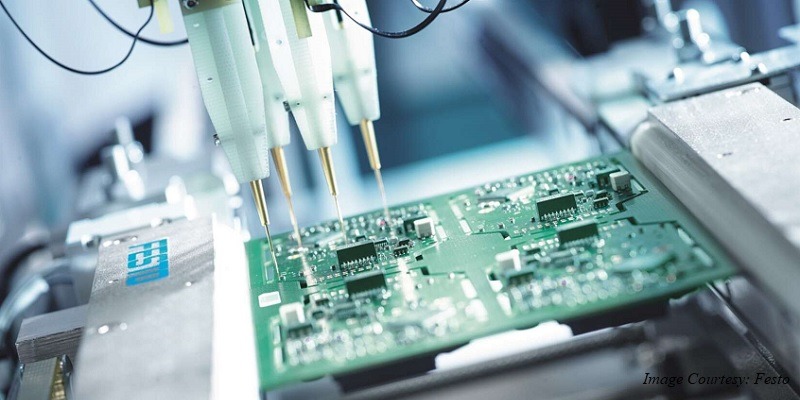Schedule a Call Back
Five of the most popular PCB trends in 2021
 Articles
Articles- Jun 18,21

Related Stories

Syrma SGS Begins Work on New PCB Plant in Andhra Pradesh
Syrma SGS has recently started construction of a modern PCB facility in Naidupeta.
Read more
4 Low-VOC Industrial Paints That Deliver High Performance in Tough Environments
Volatile organic compounds (VOCs) - contaminating air and water - can affect health. In this article, Emily Newton explores four high-performance, low-VOC industrial paint options that reduce harmfu..
Read more
ECMS to Boost India’s Local Electronics Value Addition to 40%
The scheme has attracted record investment proposals worth Rs 1.15 trillion, more than double the initial target of Rs 590 billion.
Read moreRelated Products

Integrated Electric Gripper S Series
IBK Engineers Pvt Ltd offers a wide range of integrated electric gripper S series.

Geared Electric Motors
Delco Fans Pvt Ltd offers single phase capacitor run and three
phase geared Instrument motors, totally enclosed face/foot mounted.

“Kusam-Keco” Partial Discharge Acoustic Imager - Model - Km-pdai
‘Kusam-Meco’ has introduced a new “Partial Discharge Acoustic Imager Model KM-PDAI.















